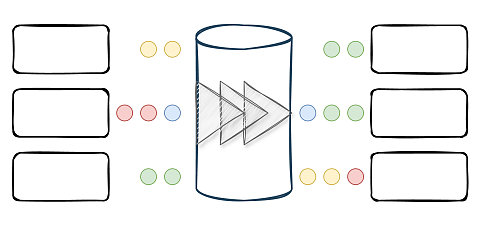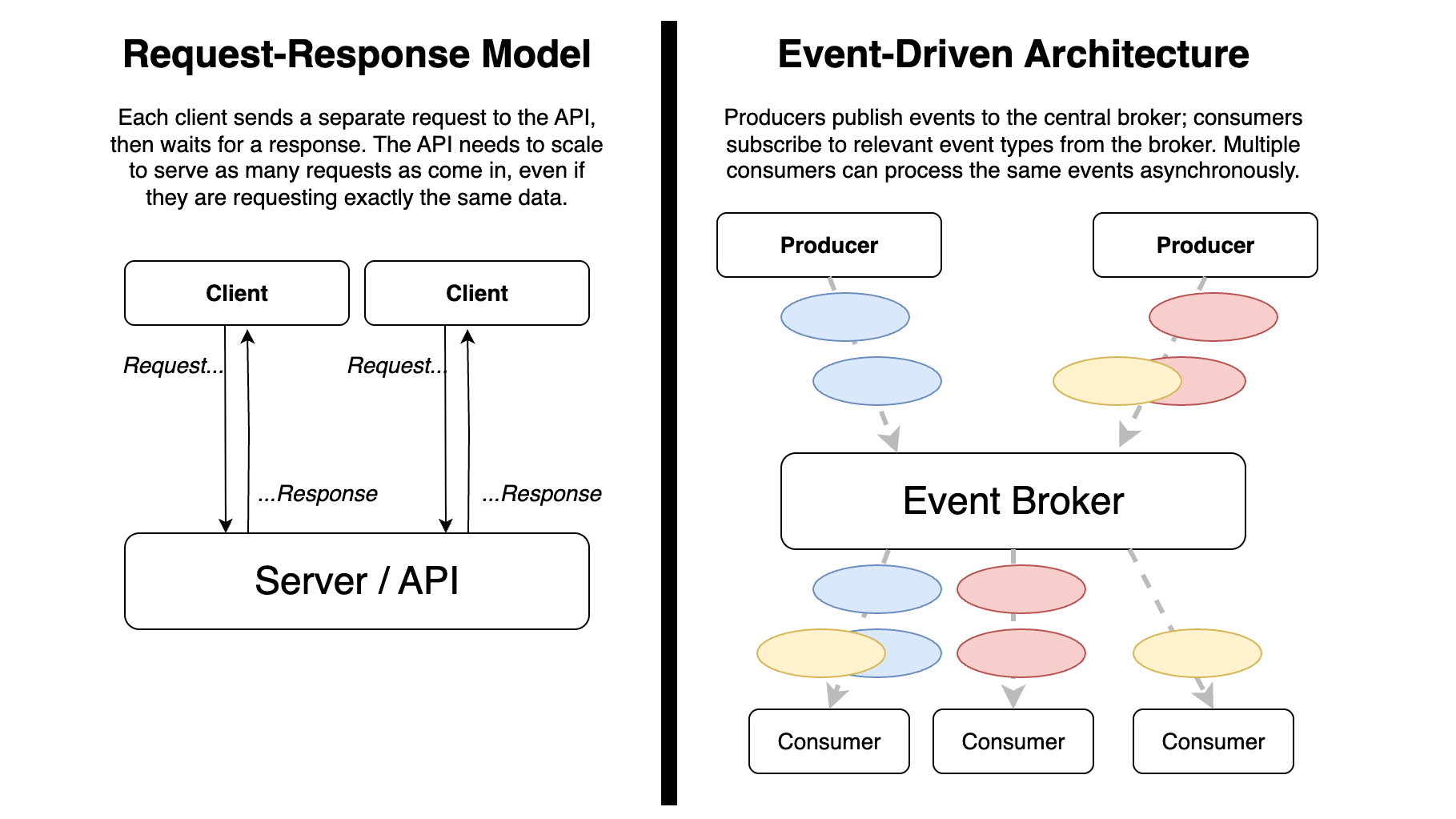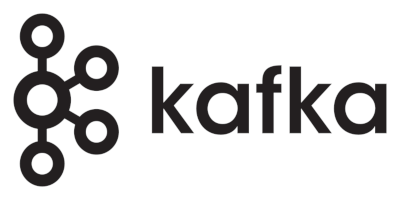
Event-Driven Microservices: Communication Is Key!
15 de julio de 2025
In cloud-based environments, the golden rule of service communication is “receive all messages that have been delivered unto you”. For small companies, adopting an event-driven microservices architecture early on can help them follow that rule, bringing significant long-term benefits in message handling—especially if the company plans to grow or values agility.
What is event-driven architecture?
Event-driven architecture (EDA) is a software design pattern where components (services, applications) respond to real-time events, enabling them to react to changes in state or triggers.
Instead of relying on request-response models, EDA allows for asynchronous communication, where event producers don't need to know which consumers will react, and consumers don't need to wait for a response. This promotes loose coupling, scalability, and real-time responsiveness:

In the EDA model, each event is published just one time, and any number of services interested in that event can subscribe to it without waiting on a separate request.
Why adopt event-driven architecture?
Compared to the traditional request-response model of microservice communication, EDA carries some major benefits:
1. Faster Time-to-Market. New features can be added by simply subscribing to relevant events without modifying existing services. Small companies need to innovate quickly and respond to market changes with minimal overhead.
2. Simplicity & Cost-Efficient Scaling. No central orchestrator is required for many tasks. Also, you only have to scale the services that you need. Both of these help small companies avoid overprovisioning and reduce cloud costs.
3. High Flexibility for Future Growth. Event-based architecture naturally supports future scalability and distributed systems. Small companies often pivot; an event-driven design supports rapid, low-risk changes.
4. Better Fault Isolation. Failures in one service don’t crash the whole system, and services can retry events when they're back online. In small teams, you don’t always have 24/7 ops staff—resilience is a must.
5. Easy Audit and Traceability. Events can be logged for debugging, analytics, or compliance, which gives you a chronological record of what happened in the system. This is helpful for diagnosing issues without building complex tracing mechanisms.
6. Enables Asynchronous Processes. Background jobs, notifications, and analytics can run without blocking the main user experience. This provides for a better UX, even with limited engineering resources.
Apache Kafka as your event-driven solution

Apache Kafka is a powerful, open-source distributed event streaming platform that offers a plethora of benefits, including the handling of large-scale data, real-time analytics, or complex event-driven architectures. Here's a rundown of what makes Kafka such a star in the data-streaming universe.
1. Real-Time Data Processing. High throughput: Kafka can process millions of messages per second with low latency, making it perfect for real-time applications. This makes it an excellent choice for a small company that expects its data volume to increase over time. Your event streaming platform will adapt seamlessly with the changing times
2. Scalability & Fault Tolerance. Kafka uses brokers to store and serve data. Partitions are ordered logs of messages. Each broker handles data for one or more partitions of a topic. This promotes Horizontal Scalability because you can easily scale out by adding more brokers and partitions.
Kafka is resilient by design because it’s built to handle node failures without data loss, thanks to replication and distributed architecture.
3. Decoupling & Flexibility. Kafka implements Loose coupling: Producers and consumers don't need to know about each other—Kafka acts as a durable buffer in between.
It’s also Polyglot-compatible: Kafka supports clients in Java, Python, Go, C#, and more.
4. Event sourcing. Kafka stores and manages state transitions as a series of events, especially useful for modern microservices.
5. Ecosystem Integration. Kafka boasts of substantial connector support: Kafka Connect offers a vast library to integrate with databases, storage systems, cloud services, etc. For a small company, this is especially important because you can connect to different tools as needs arise, rather than all at once up front. This is an example of cost-efficient scaling.
Is Kafka always the solution?
Not necessarily! While Kafka is the industry leader in event streaming platforms, it is also one of the most complex to set up and manage, usually requiring engineers with specific expertise in the platform. Kafka offers the best scalability for a project that expects substantial growth in its message handling needs, but it may be overkill in a simpler situation.
If you find Kafka too complex for your use case, don't write off event-driven architecture altogether! Consider implementing a more lightweight EDA platform such as RabbitMQ or a cloud-based event service such as Amazon Kinesis, so that you can still get the benefits of asynchronous communication between services, without the overhead.
Conclusion
Event-driven microservices help small companies stay lean, flexible, and future-ready. While it may add some initial complexity to implement Kafka or other event streaming platforms, the architectural agility pays off as products evolve and customer demands grow.
**
At Sngular, we specialize in helping businesses like yours navigate the complexities of modern technology. If you're looking to integrate Apache Kafka, or if you'd like to learn more about how we can help you achieve your business goals, please don't hesitate to contact us.
